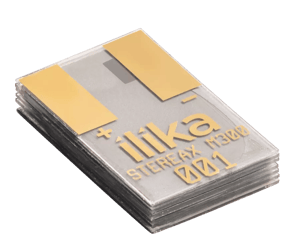Tern Plc (LON:TERN) has successfully negotiated a new funding facility with an investor to provide up to £3m, available for up to 36 months, with an initial £0.5m drawn down.
Progressive Equity Research commented:
The credit facility is intended to protect Tern’s commercial position by supporting further growth and investment in its current portfolio companies. The facility will also strengthen Tern’s negotiating position and moves the company closer to a self-financing model. We see this funding as a sensible move as Tern continues to mature its position and offering. Tern also hosted a Q&A session with Board members Al Sisto and Ian Ritchie, and we reiterate some of the key messages discussed.
▪ New funding structure. Draw down amounts can be repaid either in cash, using proceeds of a full or partial exit of one of its portfolio companies, or alternatively via conversion rights and the issue of new ordinary shares. However, the investor retains the option for the first 10 days following a non-cash payment for the drawdown to be satisfied through the sale of Wyld shares, from the Wyld Escrow facility. The investor will receive warrants equal to 50% of each drawdown. Following the initial advance, the investor received warrants with an exercise price of 6.79p (a 6% premium to the FY22 NAV of 6.4p); if exercised this would raise £375k.
▪ Tern’s management is looking to take advantage of Wyld’s success as a standalone company, following its IPO on NASDAQ First North in 2021. Wyld has built a significant order backlog since the commercial launch. Tern’s management will look to crystalise upside at appropriate stages to provide capital for investment elsewhere and to self-finance.
▪ Third-party investments reflect confidence in underlying businesses and reduce the reliance on Tern for capital. It has been year of two halves for Tern, with valuation uplifts reversed in H2 due to changing valuation metrics in the technology space. While we do not expect any near-term rebound in valuations, we believe that Tern remains well placed to help its portfolio through this phase of difficult macro conditions, and the funding arrangement strengthens Tern’s position in this regard.
▪ Tern’s model has built value and management is committed to providing access to returns through full or partial exits when shareholder value is maximised. Against the challenging macro backdrop, particularly for tech companies, Tern’s underlying metrics are improving. In our view, Tern’s funding-to-exit model requires patience as it navigates economic difficulties: we see the strong recurring revenue growth attracting additional strategic interest and look forward to positive newsflow.







































